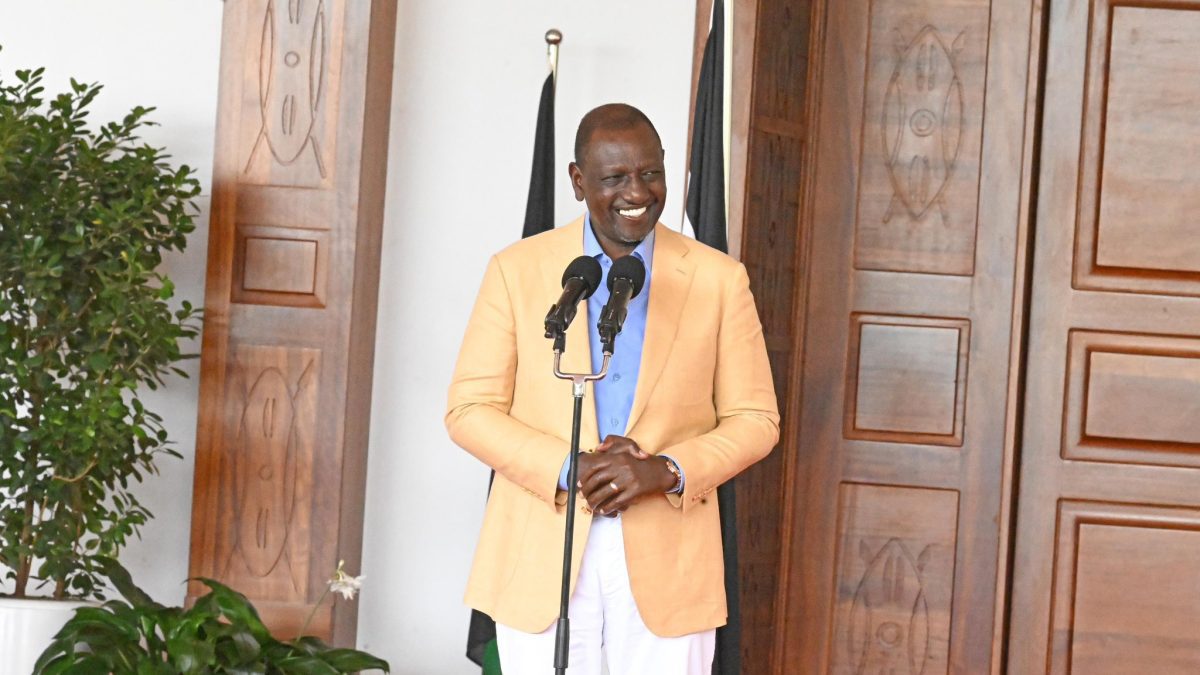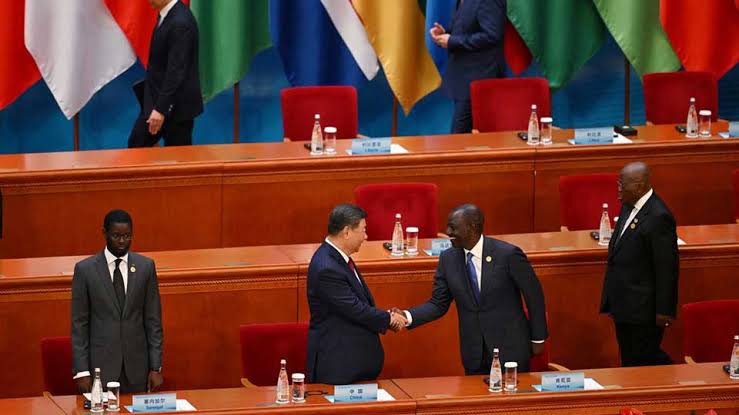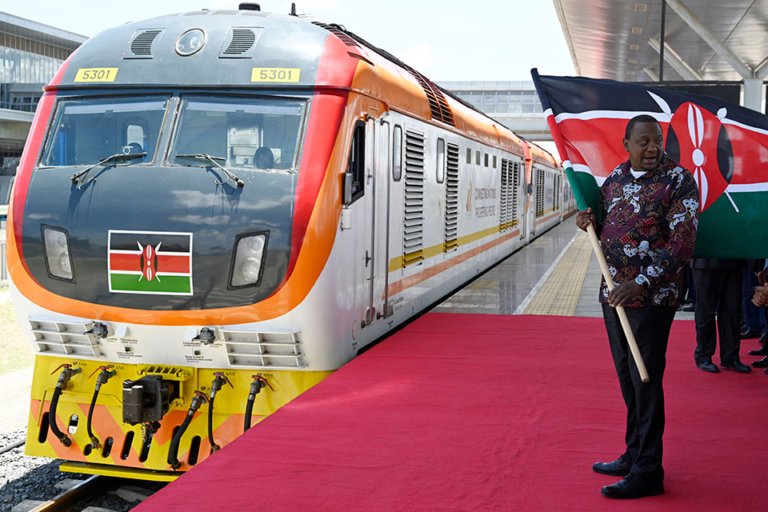-
 RUTO APPLAUDS POLICE EFFORTS IN MAINTAINING PEACE
RUTO APPLAUDS POLICE EFFORTS IN MAINTAINING PEACE
-
 Netanyahu Accepts Trump-Brokered Ceasefire Deal
Netanyahu Accepts Trump-Brokered Ceasefire Deal
-
 ACTIVIST MORARA KEBASO QUITS POLITICS
ACTIVIST MORARA KEBASO QUITS POLITICS
-
 KENYA AND CHINA FINALIZE LOAN DEAL
KENYA AND CHINA FINALIZE LOAN DEAL
-
 Officers, Civilians Charged in Death of Blogger Albert Ojwang in Police Custody
Officers, Civilians Charged in Death of Blogger Albert Ojwang in Police Custody
-
 Missile Blasts Over Doha After Qatar Shuts Airspace Amid Iran–US Escalation
Missile Blasts Over Doha After Qatar Shuts Airspace Amid Iran–US Escalation
-
 KRA ANNOUNCES NEW CHANGES TO PAYE FILING SYSTEM
KRA ANNOUNCES NEW CHANGES TO PAYE FILING SYSTEM
-
 Eric Mutinda, MMU Student Accused of Girlfriend's Murder, Declared Unfit to Stand Trial
Eric Mutinda, MMU Student Accused of Girlfriend's Murder, Declared Unfit to Stand Trial
-
 PASSARIS OFFERS KSH100K REWARD FOR INFORMATION ON ABIGAEL’S MURDER
PASSARIS OFFERS KSH100K REWARD FOR INFORMATION ON ABIGAEL’S MURDER
IRUNGU NYAKERA DETAILS 10 CHANGES THAT WOULD MAKE SGR 'MORE KENYAN

Former Kenyatta International Convention Centre (KICC) Board Chairperson, Irungu Nyakera, has proposed 10 bold reforms aimed at making Kenya’s Standard Gauge Railway (SGR) more Kenyan, efficient, and profitable.
Speaking on the current state of the SGR, Nyakera urged the government to renegotiate the railway’s loan terms with financiers. He said repayment periods should be extended and interest rates lowered to ease Kenya’s fiscal burden.
Nyakera emphasized the need for localisation of operations. He proposed hiring more Kenyan professionals to manage and operate the railway, thereby increasing national ownership and reducing reliance on foreign expertise.
He further called for a transition from diesel-powered trains to electric ones. According to Nyakera, this move would reduce long-term fuel costs and help combat environmental pollution.
To enhance cargo capacity, Nyakera proposed the adoption of double-stacking of containers, a common practice in modern railways globally. This, he said, would allow each train to carry more cargo, boosting overall efficiency.
He urged the government to prioritise the completion of the Naivasha–Kampala line and fast-track the development of Kisumu Port. He noted that the success of Kisumu as a regional hub depends on Uganda completing its section of the line and investing in Lake Victoria transport.
Nyakera also recommended giving tax or cost incentives to businesses that transport cargo via rail from Mombasa, rather than using road trucks. This shift, he said, would reduce road congestion and promote use of the SGR.
To further ease logistics, he suggested the construction of loading stations and dry ports near manufacturing zones. This would enable manufacturers to move goods directly onto trains without relying on long-haul road transport.
Nyakera said there is great untapped potential in expanding passenger services, particularly along the Nairobi–Nakuru–Kisumu corridor. He noted this route could support large volumes of travelers and stimulate local economies.
In a push for innovation and private sector participation, Nyakera proposed that licensed companies such as cement producers, logistics firms, and agricultural exporters be allowed to operate their own trains on the SGR network.
Lastly, he suggested rebranding the railway with a local identity, proposing names such as “KenRail” or “Uhuru Rail” to give the service a distinctly Kenyan character.
“These reforms can make the SGR truly ours, Kenyan-run, Kenyan-used, and Kenyan profitable,” Nyakera concluded.


Comments (0)
No comments yet. Be the first to comment!